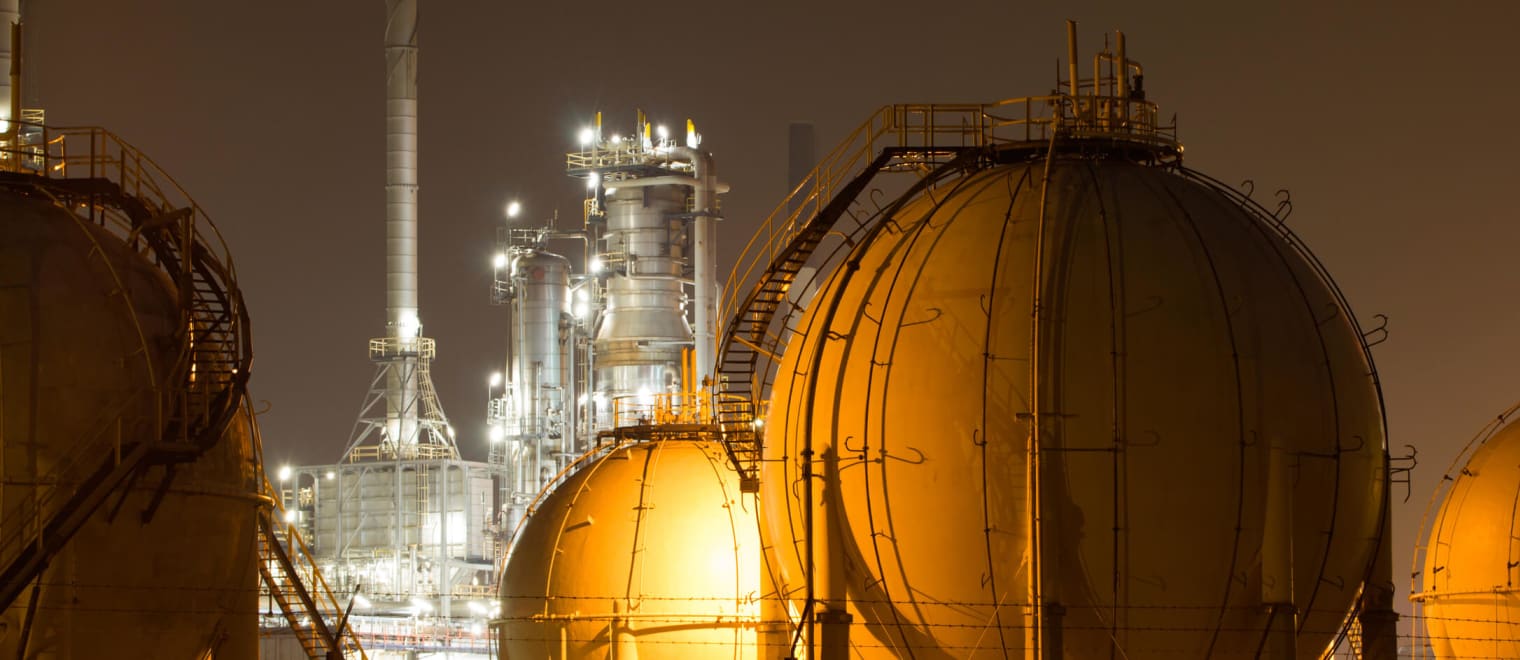This informal CPD article, ‘Trends in LNG Operations and Management’, was provided by TankSkills, who offer consulting and training for oil, gas, marine, and tank terminal industries including tailored HR solutions, efficient staffing models, and strategic recruitment.
Liquefied Natural Gas (LNG) has emerged as a pivotal component in the global energy landscape, offering a cleaner alternative to traditional fossil fuels. As the LNG industry expands, so too do the operations and management strategies necessary to meet growing demand and environmental standards. Several key trends are shaping the future of LNG operations, reflecting advancements in technology, sustainability practices, and market dynamics.
Digitalization and Automation
The LNG industry is increasingly embracing digital technologies and automation to enhance operational efficiency, reduce costs, and improve safety. Digital twin technology, which creates a virtual replica of physical assets, allows operators to monitor and optimize LNG plants in real-time. By simulating different scenarios, companies can predict potential failures and optimize maintenance schedules, reducing downtime and operational costs. Automation is also being integrated into LNG shipping and terminal operations, with automated systems for cargo handling and mooring processes improving safety and efficiency. The use of drones and robotics for inspections in hazardous areas minimizes human exposure to risk and speeds up the inspection process. [1]
Sustainability and Carbon Management
As global pressure mounts to reduce greenhouse gas emissions, the LNG industry is increasingly focusing on sustainability. Carbon capture and storage (CCS) technologies are being integrated into LNG plants to capture CO2 emissions before they are released into the atmosphere. Additionally, LNG producers are exploring ways to reduce methane leaks across the supply chain, as methane is a potent greenhouse gas. The trend towards carbon-neutral LNG is gaining momentum, with several companies offering carbon-offset LNG cargoes. This involves purchasing carbon credits to offset the emissions associated with the production and transportation of LNG, making the final product more attractive to environmentally conscious buyers. [1, 4]
Market Flexibility and Supply Chain Optimization
The global LNG market has become more flexible, with shorter-term contracts and increased spot trading. This flexibility is driven by the growing number of suppliers and buyers, as well as the need for adaptability in a rapidly changing market. LNG producers are also optimizing their supply chains to meet the demands of this more dynamic market. Floating LNG (FLNG) units are an example of how supply chains are being optimized. These units can be deployed in remote locations where traditional onshore LNG infrastructure would be impractical. FLNG units reduce the need for extensive pipelines and onshore facilities, lowering costs and environmental impact. [3]
Advancements in LNG Shipping
LNG shipping is experiencing significant technological advancements aimed at improving efficiency and reducing emissions. The development of larger and more efficient LNG carriers has increased transportation capacity while reducing the carbon footprint per unit of LNG delivered. New propulsion systems, such as dual-fuel engines that can run on LNG or conventional fuels, are also being adopted to enhance fuel efficiency and reduce emissions. Additionally, the industry is exploring the use of alternative fuels for LNG carriers, including ammonia and hydrogen, which could further reduce the environmental impact of LNG transportation. [2]
Resilience and Risk Management
The COVID-19 pandemic highlighted the importance of resilience and risk management in LNG operations. Companies are now more focused on building resilient supply chains and ensuring that their operations can withstand unexpected disruptions. This includes diversifying supply sources, enhancing storage capabilities, and investing in emergency response plans. Risk management is also being bolstered by the use of predictive analytics, which helps operators anticipate potential disruptions and take proactive measures to mitigate risks. Cybersecurity is another growing concern, as the digitalization of LNG operations increases the potential for cyber-attacks. Companies are investing in robust cybersecurity measures to protect their operations from such threats. [5]
Conclusion
The LNG industry is at a crossroads, with significant trends driving its evolution. Digitalization, sustainability, market flexibility, advancements in shipping, and enhanced risk management are all shaping the future of LNG operations and management. As the industry continues to grow, these trends will play a crucial role in ensuring that LNG remains a competitive and environmentally friendly energy source in the global market.
We hope this article was helpful. For more information from TankSkills, please visit their CPD Member Directory page. Alternatively, you can go to the CPD Industry Hubs for more articles, courses and events relevant to your Continuing Professional Development requirements.
References
1. "LNG Industry Trends: Digital Transformation and Sustainability," Journal of Energy Research, 2023.
2. "Advances in LNG Shipping: Fuel Efficiency and Environmental Impact," Maritime Technology Journal, 2024.
3. "The Role of Floating LNG in Global Supply Chains," International Journal of Energy Economics, 2022.
4. "Carbon-Neutral LNG: Market Demand and Challenges," Global Energy Review, 2023.
5. "Cybersecurity in the LNG Industry: Protecting Critical Infrastructure," Energy Security Quarterly, 2023.













